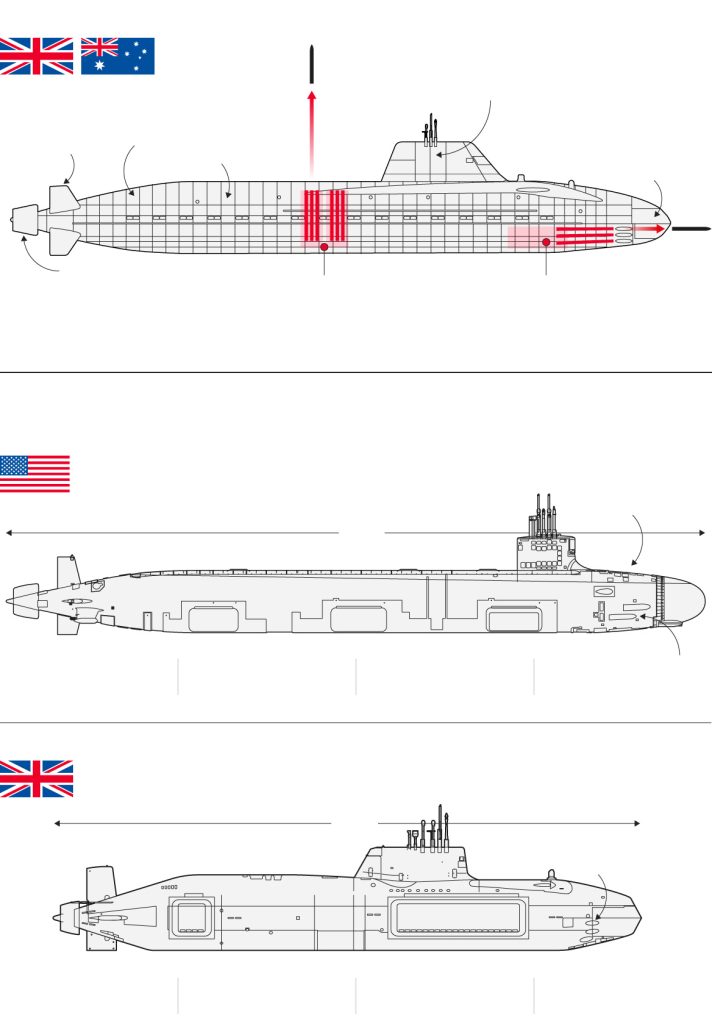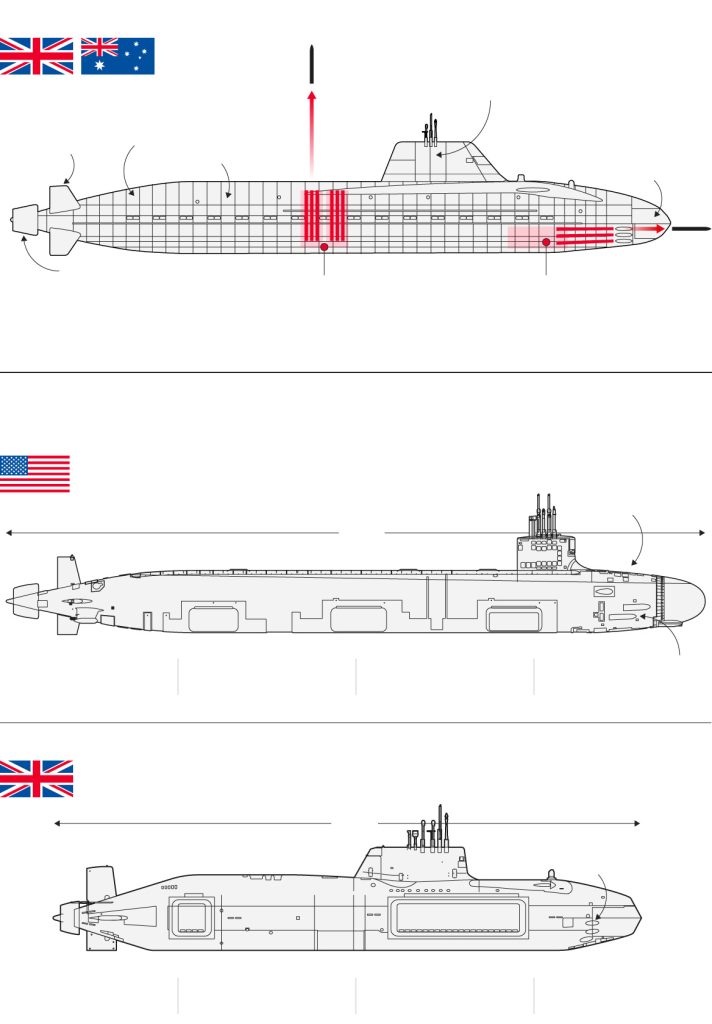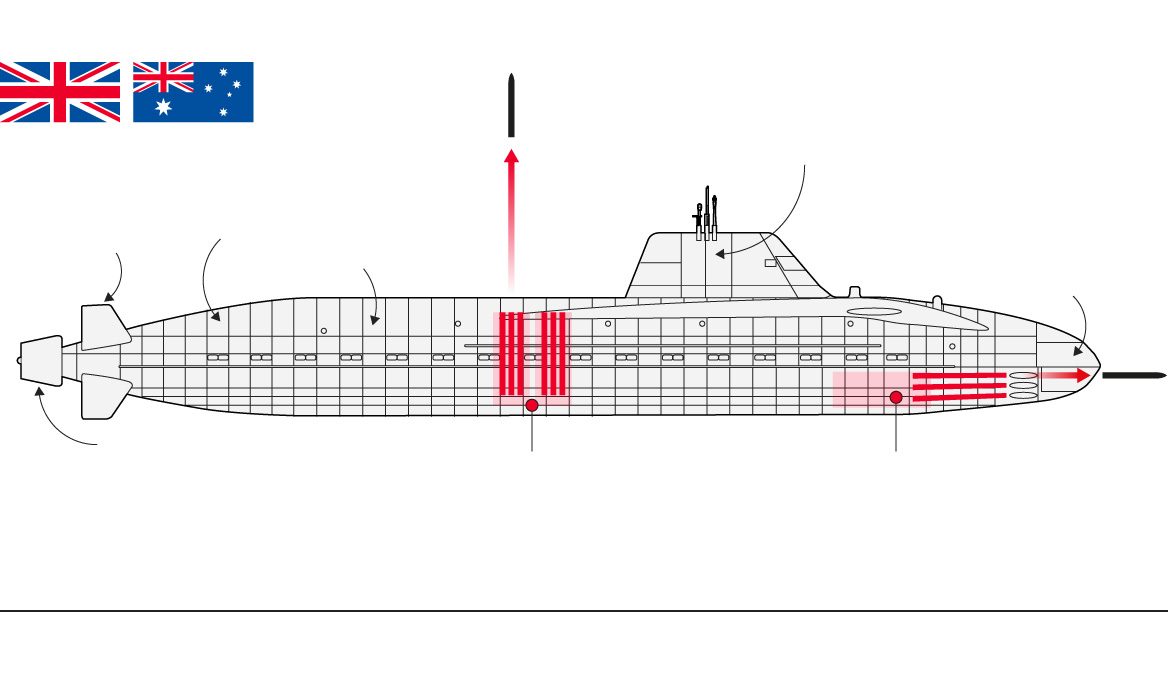The United Kingdom, Australia, and the United States have reaffirmed their dedication to the Aukus pact, which centers on equipping Australia with a fleet of nuclear-powered, conventionally armed submarines. Looking ahead, the plan envisions a jointly developed Australian-British submarine class succeeding the current British Astute-class vessels.
However, Britain faces an urgent priority: completing the Astute-class submarines and advancing its next-generation nuclear deterrent submarines. The existing Trident fleet and their support infrastructure are aging and strained, causing significant delays in deploying replacement submarines—sometimes up to six months. This delay places a heavy burden on the crews and the Royal Navy’s operational readiness.

Due to limited industrial capacity and funding, the UK cannot simultaneously build two separate submarine classes. As a result, the British-Australian submarine project will be delayed, likely for several years. In the meantime, Australia’s initial submarines under Aukus will be US-built Virginia-class nuclear subs. This part of the plan, however, faces challenges, as the US submarine production base is also under strain.
While the US Navy can financially support purchasing two new attack submarines annually—sufficient to maintain a 60-boat fleet—the actual output has averaged only 1.2 Virginias per year recently. The US attack submarine fleet is shrinking and now numbers just 53. Though this may seem ample to some, the US Navy sees a dwindling fleet as a critical issue.
Recently, President Trump initiated a review of the Aukus agreement, which could jeopardize the US commitment and threaten the entire plan. Australia cannot afford prolonged delays in acquiring new submarines. Before Aukus, Australia considered purchasing conventional diesel-electric submarines from France. The pact has faced opposition from various quarters in the US, UK, Australia, and of course, France.
Critics should consider the fundamental differences between conventional and nuclear submarines. Though both are called submarines, they are drastically different in capabilities—comparable to comparing muskets to machine guns.

Conventional subs use diesel-electric propulsion, requiring air intake for their diesel engines. When submerged, they rely on batteries and electric motors, which limit their speed and range. They must regularly surface or deploy snorkels to recharge, making them vulnerable to detection by radar-equipped aircraft. Historically, such subs have limited survivability under heavy anti-submarine surveillance.
In contrast, nuclear-powered submarines can remain submerged for months, traveling at high speeds without surfacing. Only sophisticated detection systems combining seabed sensors, enemy nuclear subs, specialized warships, and aircraft have a chance of tracking them. Armed with heavy torpedoes and long-range cruise missiles, nuclear submarines are a formidable strategic asset that significantly enhances a nation’s naval power.
Although some air-independent propulsion technologies—such as hydrogen fuel cells, Stirling engines, or France’s MESMA ethanol-powered steam turbines—enhance conventional subs, none match nuclear submarines’ endurance or stealth. These technologies require oxygen or exotic fuels that cannot be replenished at sea, unlike nuclear submarines that generate their own air and water and only need to be resupplied with food.
For Australia and its allies to shift the balance of power in the Pacific, nuclear submarines are essential—making Aukus critical.
Another key aspect is submarine basing. Submarines stationed in Perth, Western Australia, have a greater strategic impact against China than those based on the US West Coast or the Atlantic. As part of Aukus, plans are underway to base British Astute and US Navy submarines in Perth during this decade, which will significantly influence any potential conflict scenarios involving Taiwan.
Elbridge Colby, leading the Trump administration’s Aukus review and a known China hawk, should recognize the strategic value of the Perth base. Leasing a few Virginia-class submarines to Australia to secure this base is a worthwhile investment, as it also brings a British Astute-class submarine to the Pacific and sets the stage for future UK-Australian nuclear subs.
From the US perspective, Aukus represents a rare example of allies actively sharing defense responsibilities—a point of support among officials like former President Trump and Secretary of Defense Anthony Hegseth.
In the words of defense analyst Tom Sharpe, “The free world needs a fleet of nuclear submarines based in Australia.”



